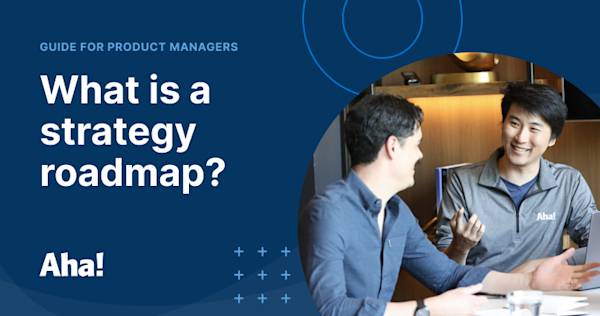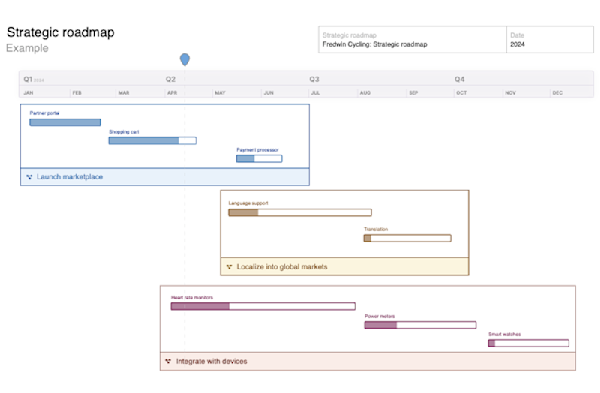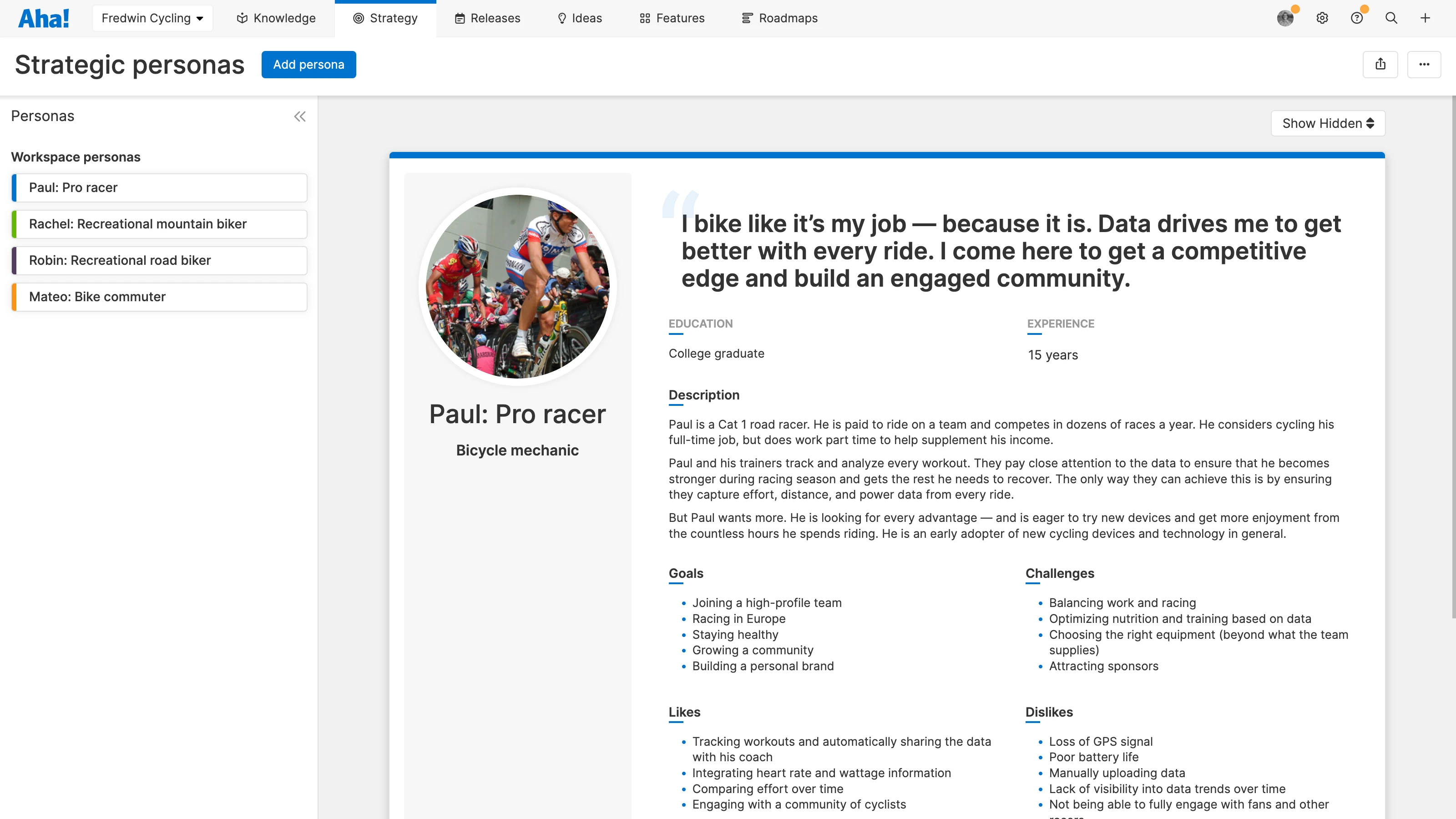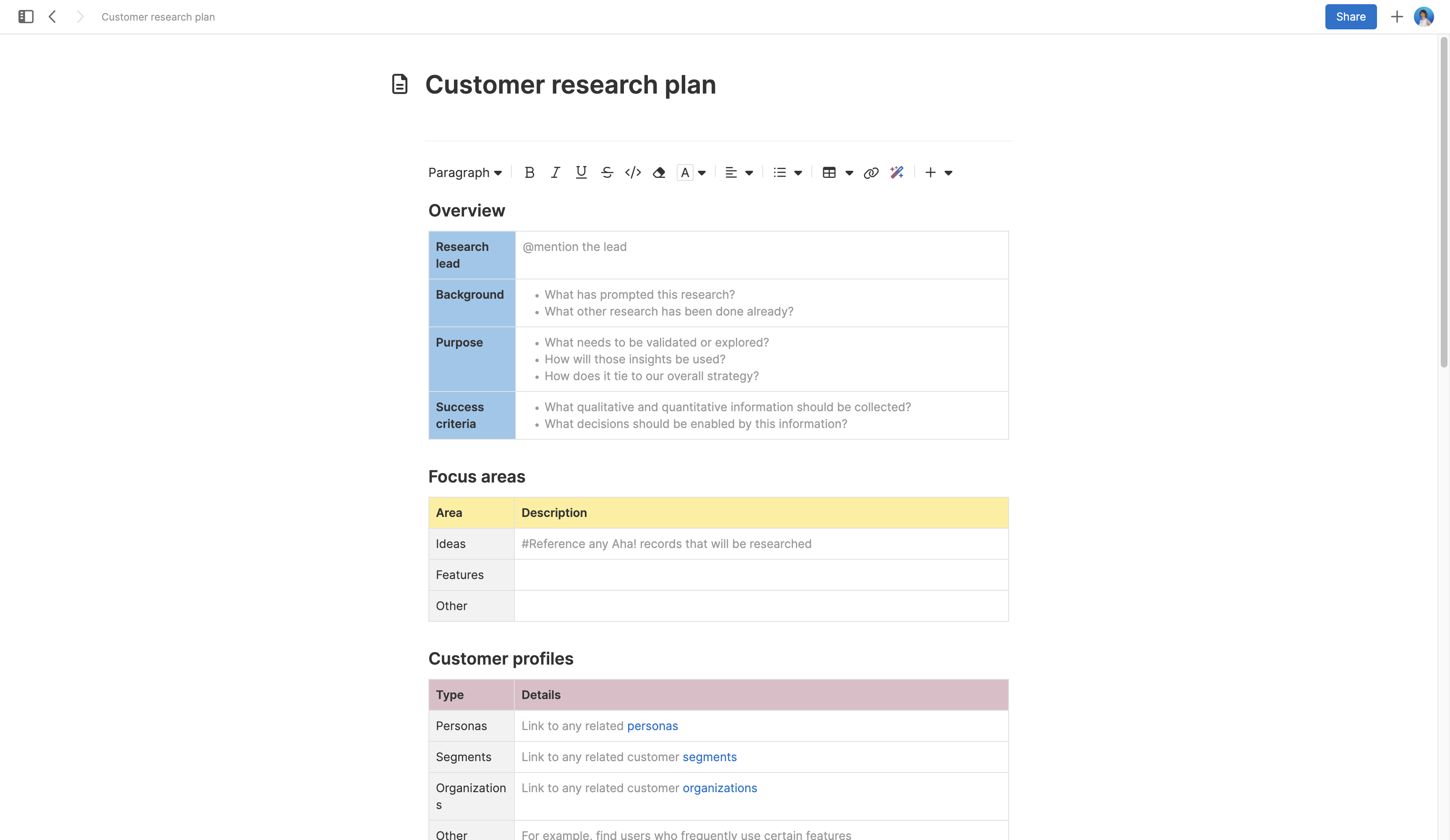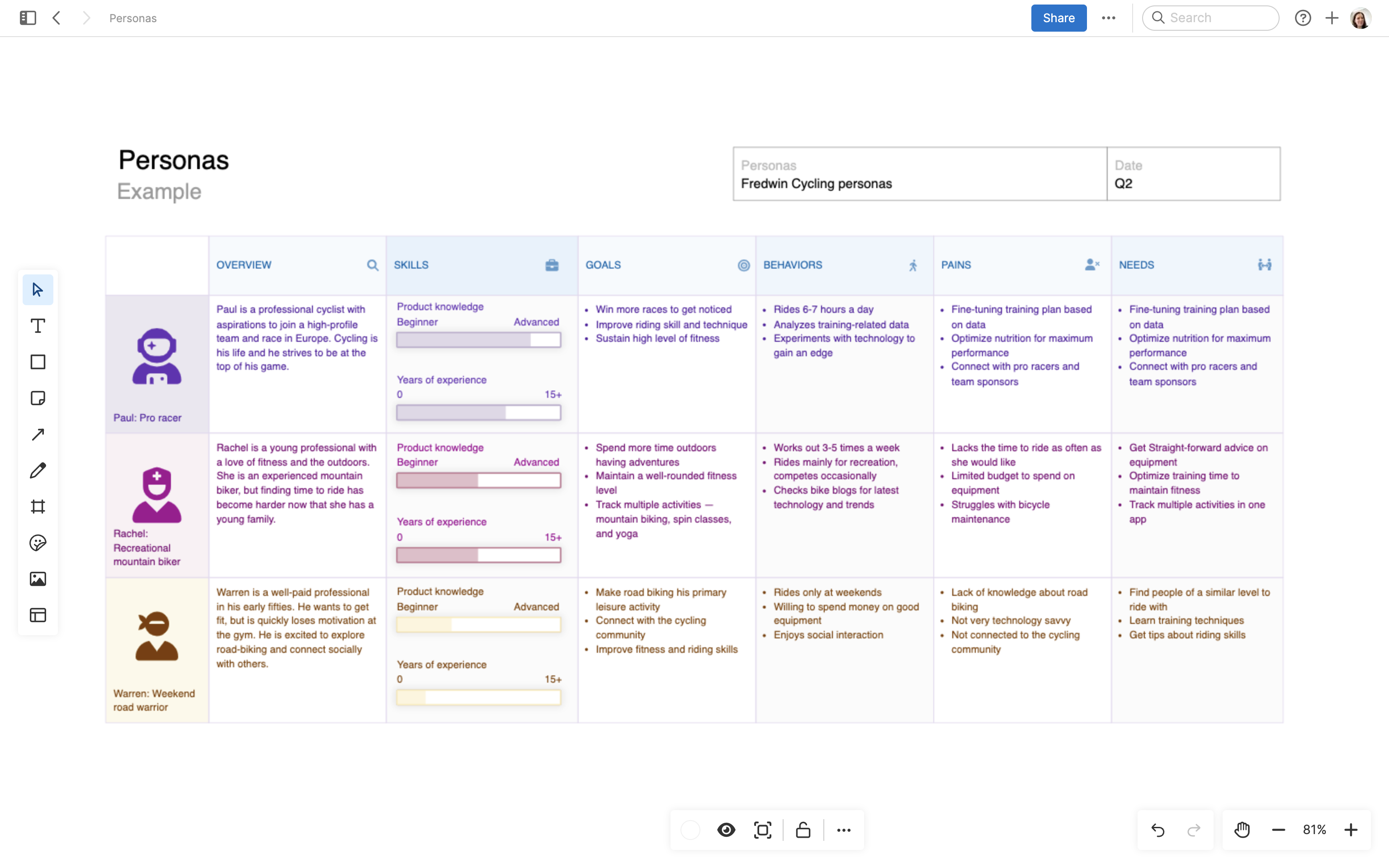Most importantly, personas make up a key component of your product strategy by representing the target audience for your efforts. They also help product managers build curiosity around who your customers are and empathy for their problems so everyone can make informed product decisions.
Ready to learn how to create or elevate your own customer personas? Keep reading or skip ahead here:
Types of customer personas: Buyer vs. user
The terms might sound interchangeable. But customer, buyer, and user personas have distinct meanings. Customer personas refer to the broader category, which includes the two primary types: buyer personas and user personas. These are often developed by different teams (including product management, marketing, and others).
Here is a quick overview of each term:
Type of persona | Definition | Developed by | Informs |
Customer persona | A fictional profile of the ideal customer for your business. This is based on market research and real data about existing customers, including their demographics, behavioral patterns, challenges, and goals. | Cross-functional input, depending on the type | Entire customer journey and experience |
Buyer persona | A type of customer persona that represents your ideal buyer. This is focused on decision makers in the purchasing process who may or may not use the product. Buyer personas often have leadership or operations roles. | Marketing, sales, and customer success teams (with input from product management) | Customer acquisition and marketing strategies (including go-to-market strategy) |
User persona | A type of customer persona that represents the ideal end user of your product. This person may or may not be involved in the purchasing process. User personas often have practitioner roles (e.g., software engineers, product managers, project managers, etc.) | Product management and user experience teams with input from engineering and marketing | Product strategy and decision-making |
Although some organizations work with generalized customer personas, many define buyer and user personas separately. This is where things get nuanced. Your product's buyers and users will often be distinct groups, but they can sometimes be the same people.
For example, a product operations manager might be involved in evaluating and purchasing new software for their team (as a buyer), but will also work in the software themselves to set up new workflows (as a user). That means this individual can represent two different personas depending on where they are in the customer journey.
Top
Why customer personas matter for product managers
Personas help create empathy for customers. This is an essential part of product management and product development overall. The better you understand who your customers are, what they care about, and what struggles they experience, the better you can address their needs.
It takes ongoing customer research to build this level of understanding. Personas give you an effective way to capture and share what you find. You can distill the most important attributes of your target customers — such as their goals, challenges, likes, and dislikes — concisely. This forms a core piece of your product strategy and helps the team stay focused on creating an outstanding customer experience. It also serves to remind everyone of the real people behind your business and product data.
Specifically, creating buyer and user personas has several key benefits.
Creating buyer personas helps you:
Understand your ideal customers and what matters to them
Create positioning and messaging that resonates
Prioritize impactful programs, campaigns, and activities
Optimize the buyer journey so you can nurture and acquire more customers
Creating user personas helps you:
Know the "why" behind product decisions
Focus on important user groups' needs
Prioritize features that solve actual user problems
Implement new functionality that considers how customers will actually use it
As a product manager, you will probably be more involved in defining user personas than buyer personas. And it might seem that users are more relevant to your work overall. But remember that what you build influences purchasing decisions, too. Buyers are often on the lookout for specific features and services that will serve the needs of users on their team. That is why you have to think about both groups — this is part of delivering a Complete Product Experience.
